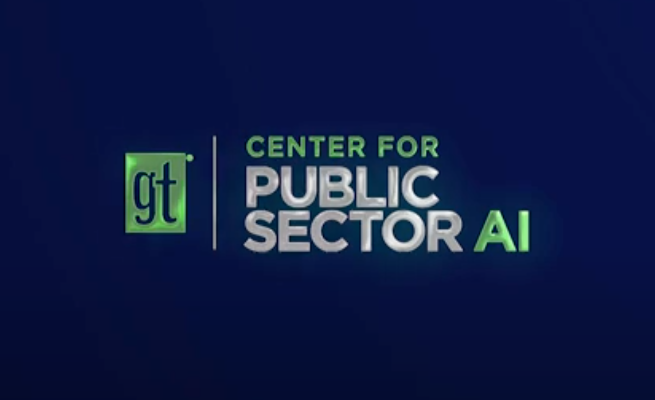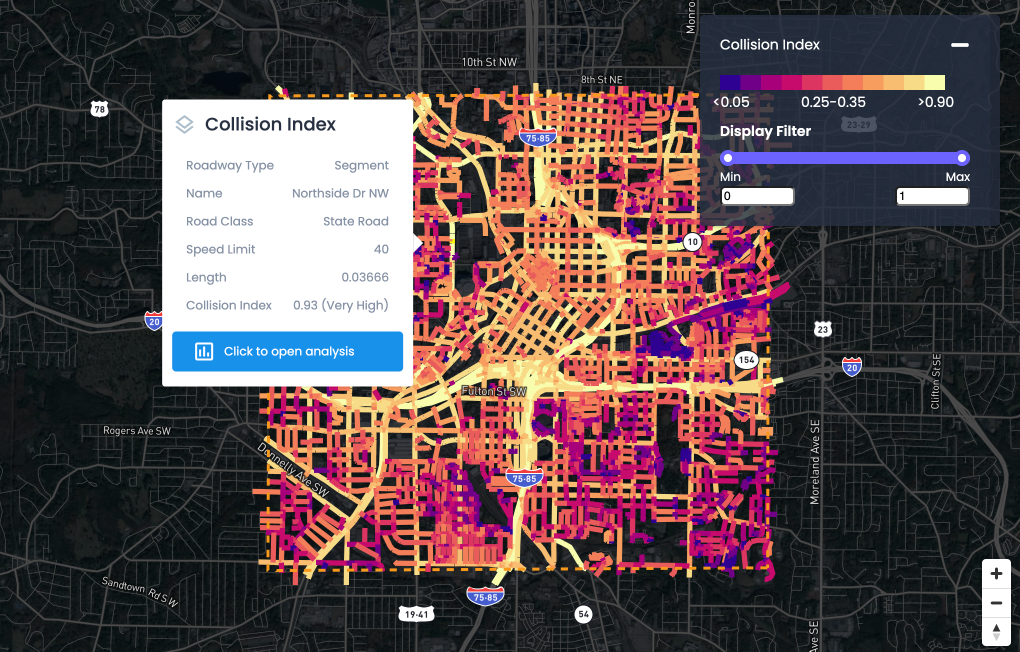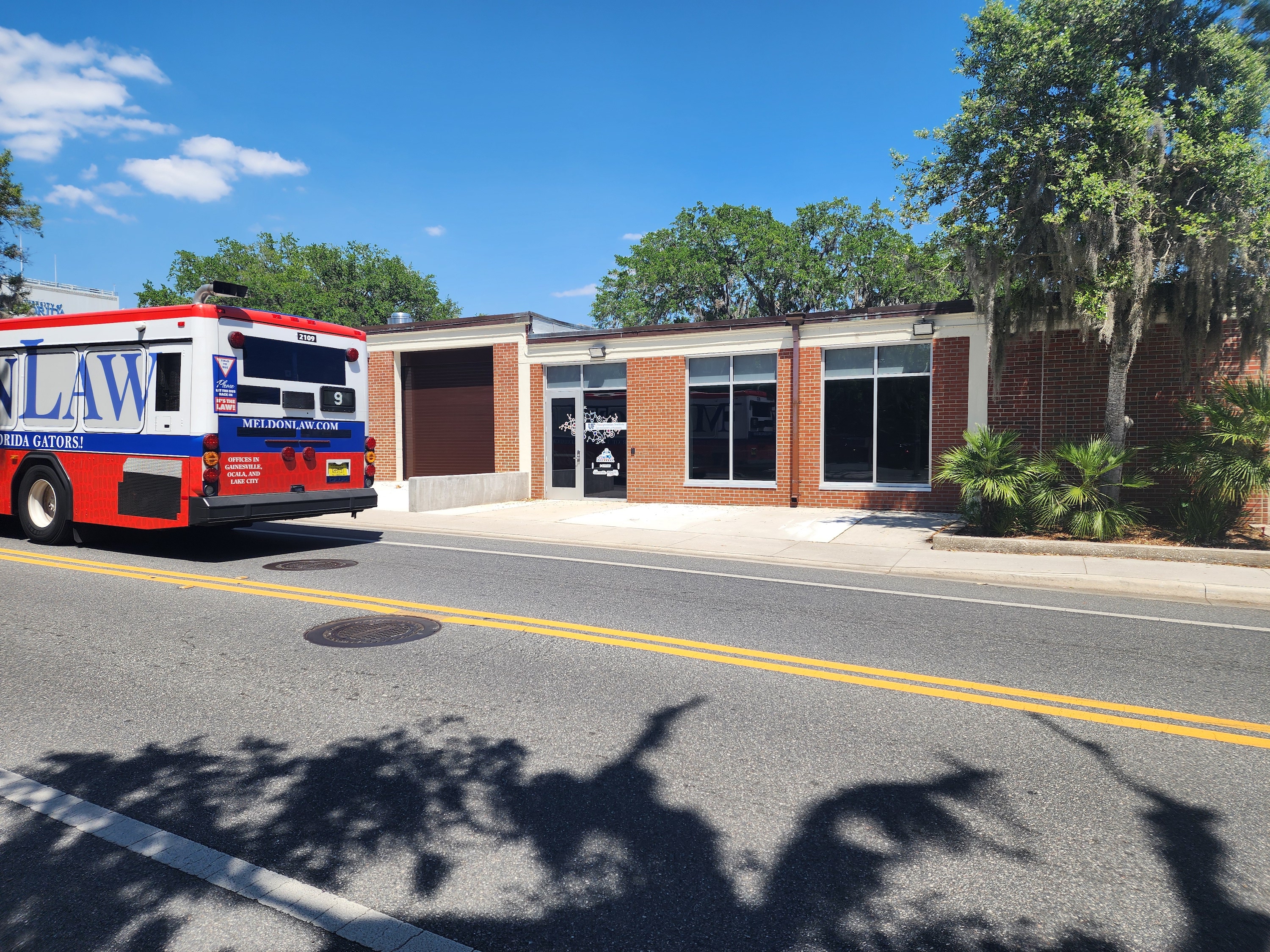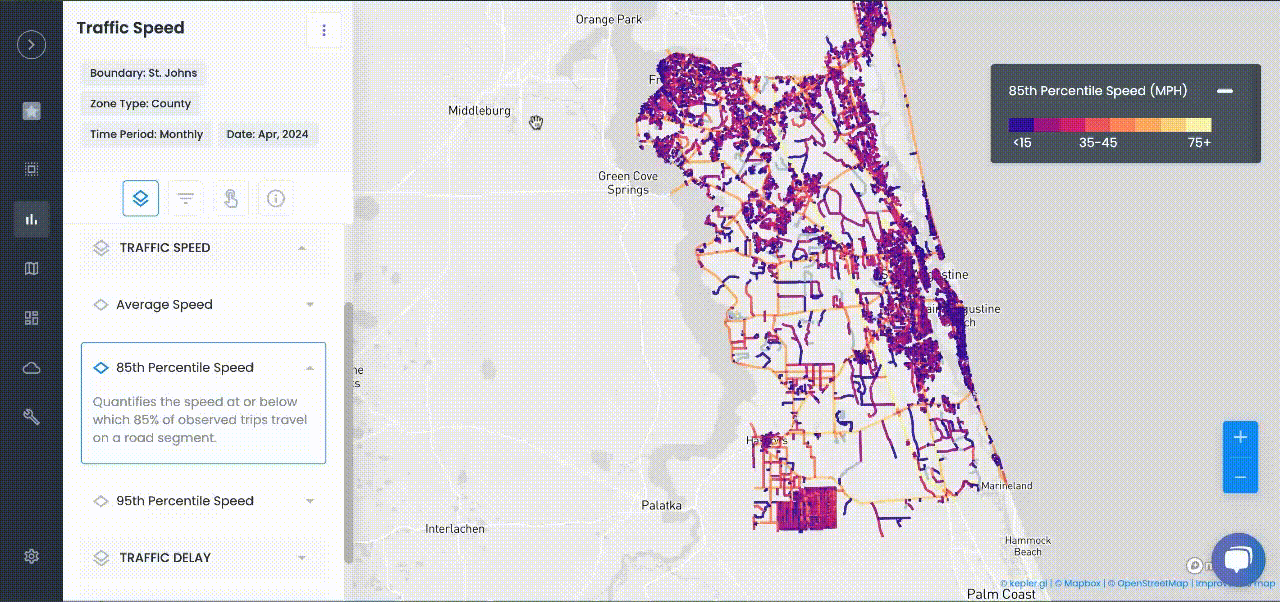
Articles
Why the Autonomous Vehicle Revolution Is Driven by Public Transit
The autonomous vehicle revolution as we know it is deeply rooted in public transit, where it has proven itself most successful.
The autonomous vehicle revolution as we know it is deeply rooted in public transit, where it has proven itself most successful.
Autonomous vehicles (AVs) have been a feature of public transit for decades and will likely continue to do so. As AVs become more sophisticated and agencies look to balance budgets, it is likely they will become more common in the years to come.
Many systems now use guideways, and the limitations of AI and machine vision mean it could still be decades before any autonomous vehicle not physically guided can dispense with a human overseer.
In North America, two of the best known autonomous transit systems are Wheeler, West Virginia’s Personal Rapid Transit system, and Vancouver, British Columbia’s SkyTrain.
The Metro in Washington, DC also once had an automated system, but it notoriously failed over a decade ago.
Autonomous Trains
Automatic Train Operation systems have existed since the 1960s in metro systems around the country, although drivers were required to oversee the system, take control in wet or icy weather, open and close doors, sound horns, and make sure it was safe for the train to start moving.
Similar to driverless cars, autonomous trains have five Grades of Automation (GoA):
- GoA 0 - No automation
- GoA 1 - Manual operation with automatic train protection (a system that prevents the train from exceeding allowed speeds)
- GoA 2 - Semi-automatic train operation
- GoA 3 - Driverless train operation
- GoA 4 - Unattended train operation.
Most automatic systems around the world, such as Washington, DC’s, are GoA 2, but according to International Railway Journal, “more than 70 metro lines in 40 cities around the globe are now running at GoA 4.”
Advances are still being made — late in 2021, Interesting Engineering reported that Deutsche Bahn and Siemens unveiled a driverless, automated train that can share infrastructure with conventional human-operated trains, thus allowing for faster service and greater capacity.
Autonomous Buses and Shuttles
Progress is also being made on driverless buses, although they face many of the same challenges as autonomous cars.
From small scale experiments in Europe and Asia seven years ago to a driverless bus doing a pilot in Malaga, Spain and Connecticut last year. Companies are optimistic that level four automation, where a vehicle is restricted to a particular area and a human is still needed for difficult conditions (like Google’s Waymo taxis in Arizona), is already possible.
A few guided driverless buses are providing limited service in Florida. This includes Jacksonville, where the local transportation authority (JTA) is using BUILD grant money to revolutionize the city’s Bay Street Innovation Corridor with plans to run 12 to 15 autonomous vehicles on an at-grade loop — a project Urban SDK is involved with.
University and corporate campuses also run AVs, with places like Atlanta’s Curiosity Lab at Peachtree Corners running its shuttle, PAUL (Piloting Autonomous Use Locally), on a three-mile autonomous vehicle test track.
Autonomous Vehicles and Transportation Equity
Companies and transit agencies are also looking at using autonomous vehicles to provide last mile service.
The last mile problem is familiar in many networks — a bus line might go through a neighborhood, but it can’t stop at every house or on every street in the neighborhood without sacrificing its utility as transit.
Many cities deal with this by planning transit to serve corridors with the highest population density, or by relying on the walkability of the local street network. But as the transit network spreads out, stations and stops get farther from each other and people spread out more.
In some places, a house might be more than a mile from the closest bus stop; moreover, even homes that are physically close to stops might be two or three miles away because of the street network.
A conventional transit service wouldn’t solve the problem, but a fleet of autonomous vehicles could theoretically circulate in a neighborhood or stand by for on-demand summoning like a paratransit service and bring people to bus or rail stations.
Not only would this allow a transit agency to serve suburbs without having to hire a prohibitively expensive number of new drivers, it would allow the bus service to run as a bus rapid transit level of service, with dedicated lanes, actual stations and all-door, level boarding, since most local stops could be eliminated, thanks to the autonomous shuttles.
As autonomous vehicles continue to advance in technical sophistication, transit will be right along with them. And when compared to private ownership or subscription models of AVs, transit is undoubtedly pacing the field.

NEWS
Recent Announcements
See how public sector leaders succeed with Urban SDK.

Company News
Urban SDK Joins Government Technology’s AI Council to Help Shape the Future of AI in the Public Sector
We’re proud to announce that Urban SDK has officially joined the AI Council, part of Government Technology’s Center for Public Sector AI

Company News
Collision Index: Proactive Traffic Safety Powered by AI
Communities now have another layer of road safety thanks to Urban SDK’s Collision Index

Customer Stories
University of Florida Transportation Institute Partners with Urban SDK to Expand I-STREET Program
Urban SDK and the University of Florida have partnered to expand the university's I-STREET Program
WEBINAR
Identify speeding and proactively enforce issues
See just how quick and easy it is to identify speeding, address complaints, and deploy officers.
